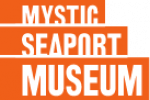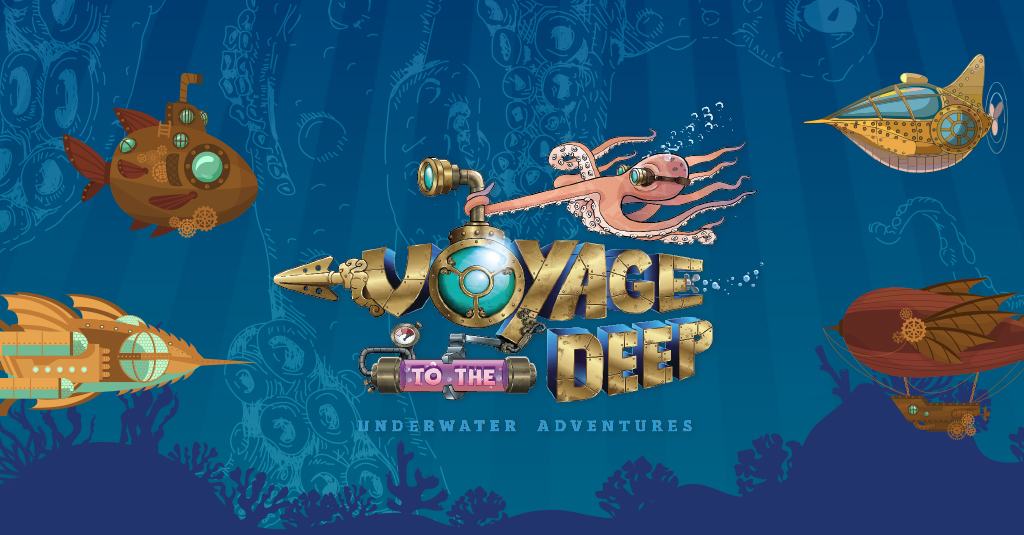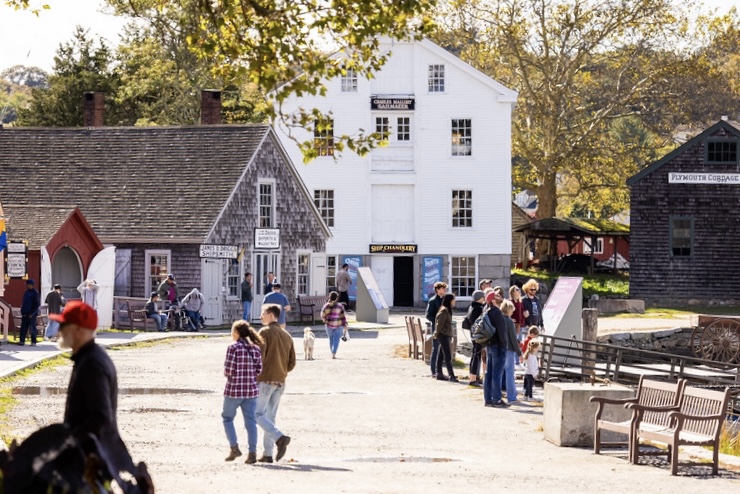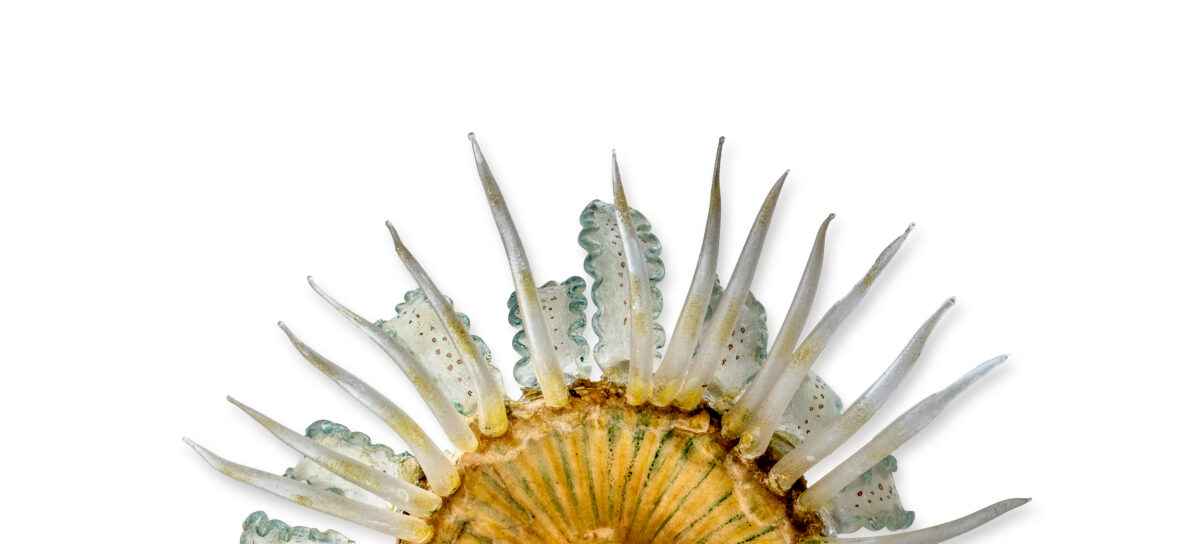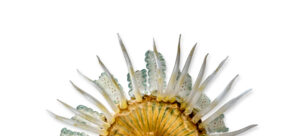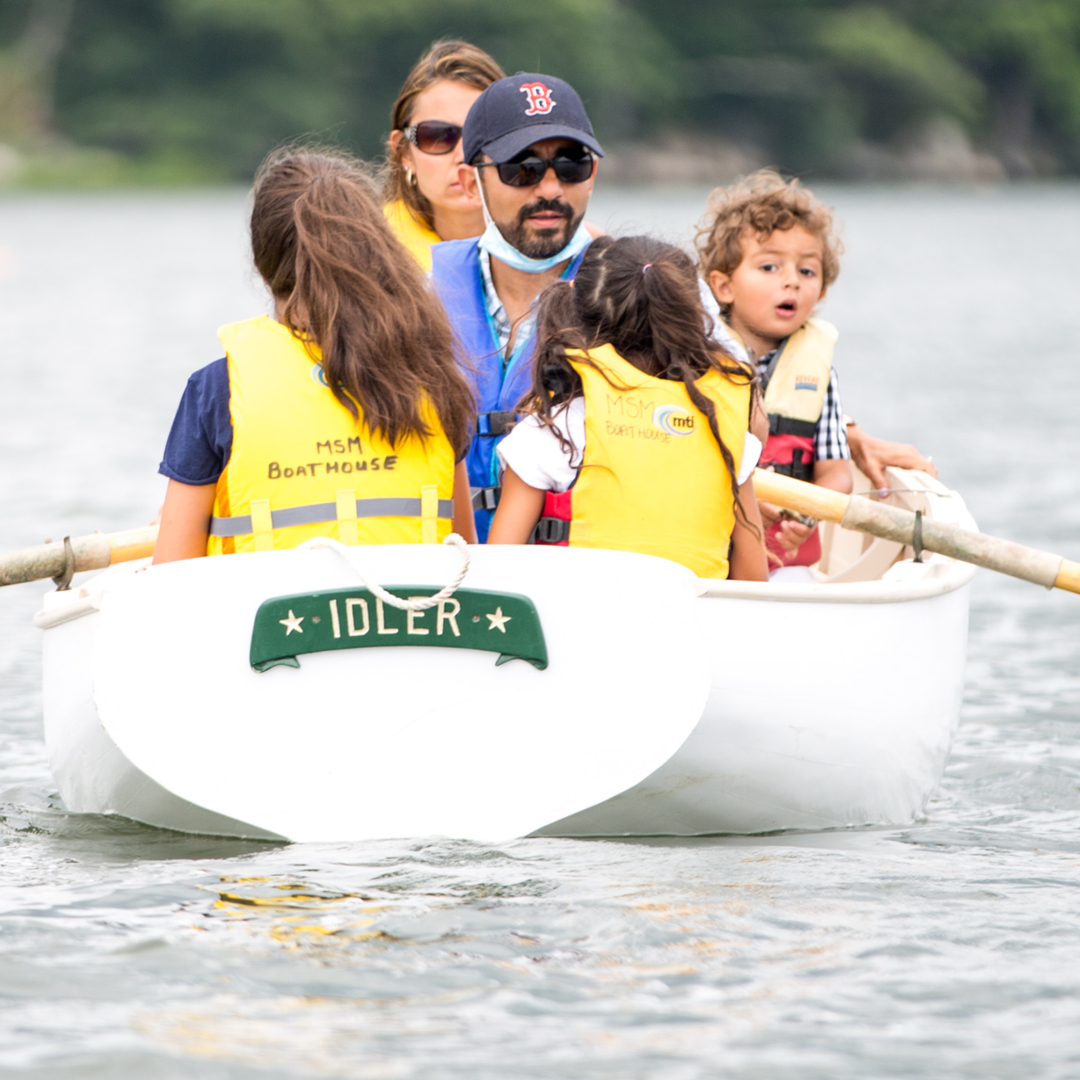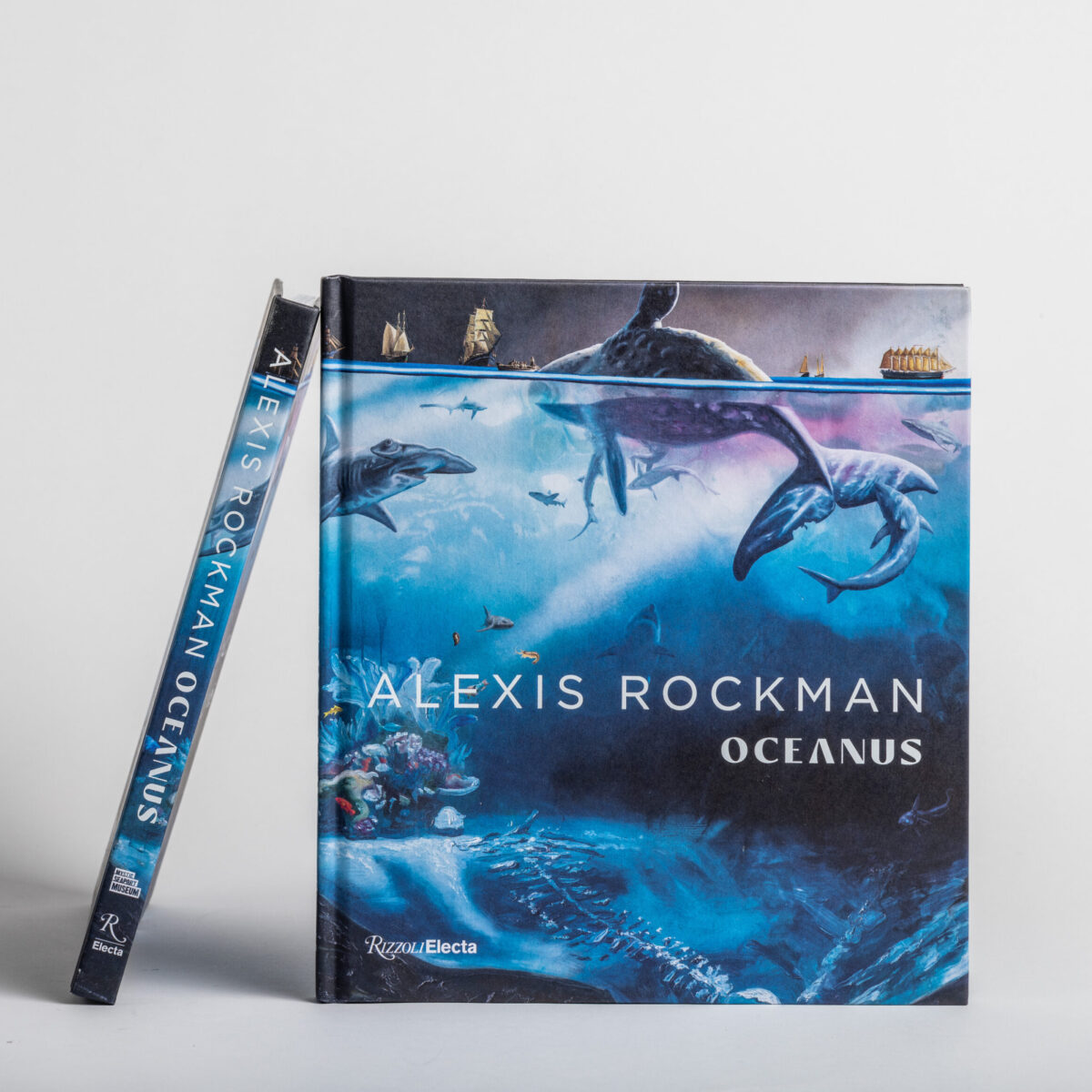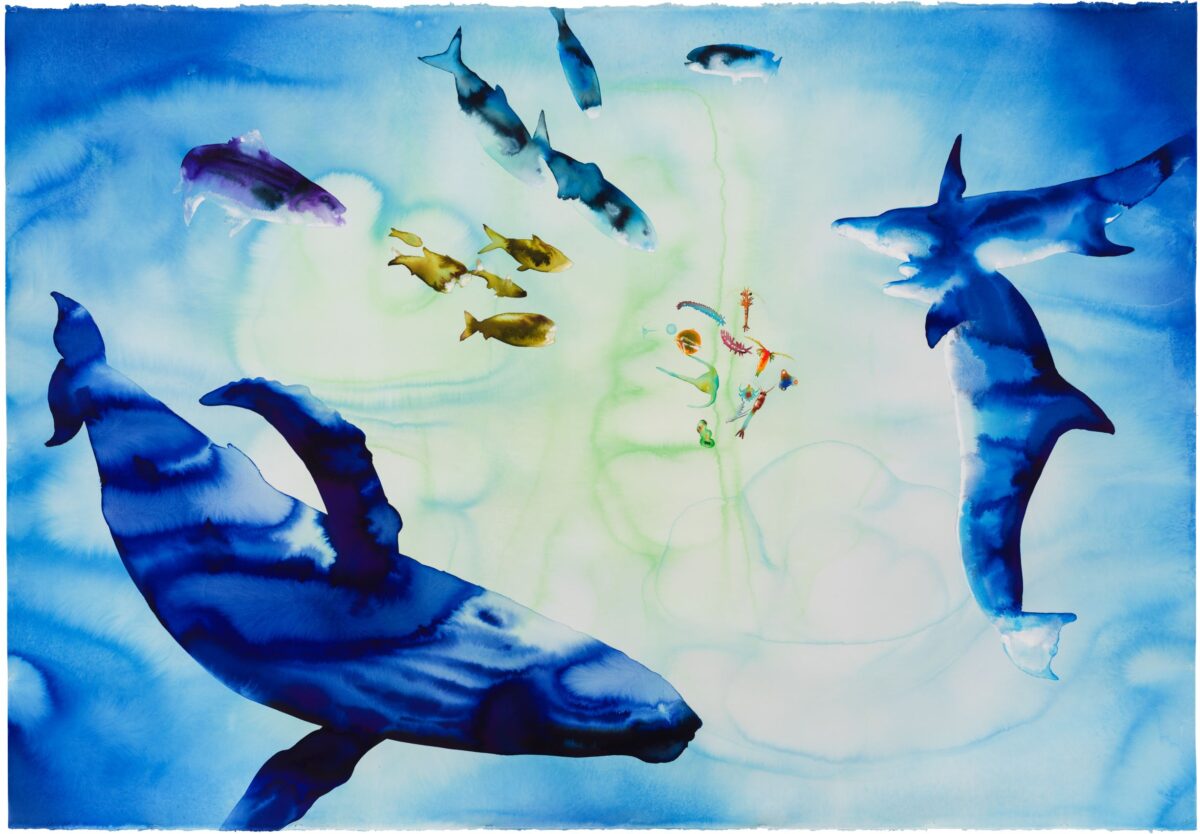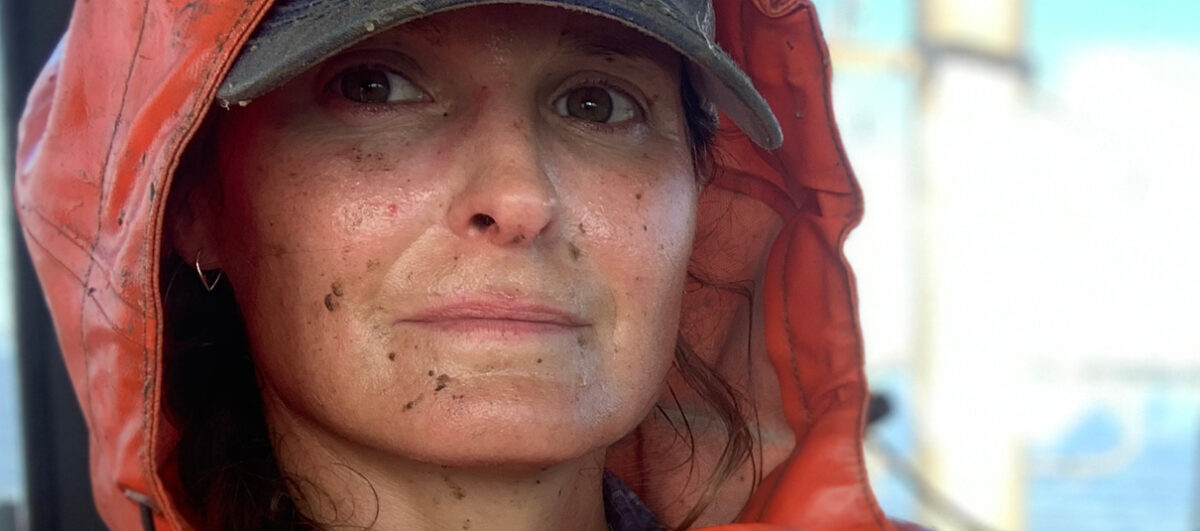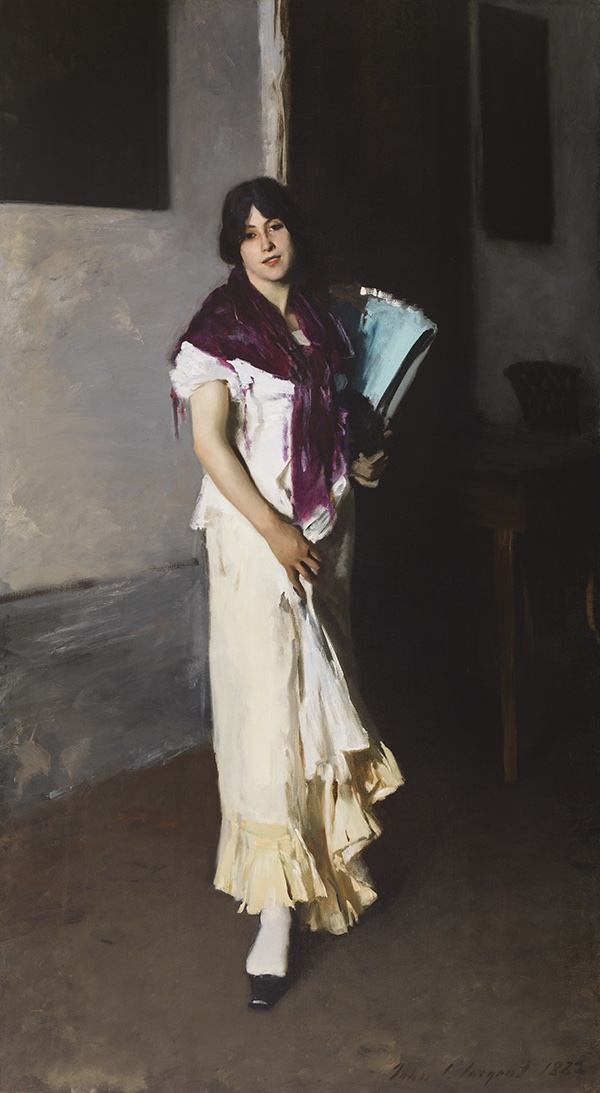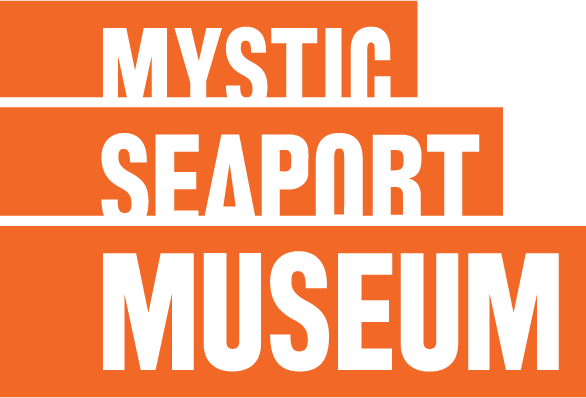Find Your Sea Story at Mystic Seaport Museum This Summer
Explore an exciting lineup of activities, events and exhibitions at the Museum!
Mystic, Conn. (June 13, 2024) – At Mystic Seaport Museum we believe the sea connects us all, and we invite visitors to explore the nation’s largest maritime museum to find their sea story this summer. Here visitors can imagine life on a ship by boarding one of the Museum’s four national historic landmark vessels; witness traditional shipbuilding techniques as skilled shipwrights maintain historic wooden vessels in the Henry B. du Pont Preservation Shipyard; reveal personal connections to the sea through our specially curated exhibitions; and learn about maritime trades that supported life at sea and on land in the 19th century in the Museum’s re-created seaport village.
Guests can also navigate the waterfront with a river cruise on the National Historic Landmark vessel Sabino, built in 1908; or be their own captain on a rowboat, sailboat, or pedal boat from the Museum’s Boathouse.
Mystic Seaport Museum has curated an extensive summer event lineup for all to enjoy:
- Voyage to the Deep – Underwater Adventures, On exhibit through September 2 | Based on French author Jules Verne’s 1870 classic, 20,000 Leagues Under the Sea, this immersive exhibition brings to life the adventures of Captain Nemo, his fantastical submarine Nautilus, and the mythical world he inhabited. On board, discover the inner workings of a deep-sea vessel, take up the controls at the helm, look through the periscopes, crank the propeller, test out the bunks, and explore Captain Nemo’s Cabinet of Curiosities, full of incredible marine specimens! Keep watch for special family programming all summer long, from weekly story time and crafts to special events.
- 2024 Artists in Residence, Now through August 17 | In partnership with the Center for American Marine Art, the Museum welcomes four artists in residence this summer: Joyful Enriquez, Tom Swimm, Brechin Morgan, and Serena Bates. Visitors are invited to learn more about their unique techniques and processes as they work in Clift Block in the Seaport Village. Much of the artwork on view is available for sale. Check out our website for residency dates for each artist.
- Model Train Show, Friday–Tuesday, June 14–18 | The local Mystic Seaport Ship Modelers will be displaying a narrow-gauge short line that winds its way through marshes and sand dunes to small ports through a southern New England coastal environment. Members of the Mystic Seaport Ship Modelers will be present to answer questions and talk with visitors throughout the show.
- Juneteenth Recognition Events, Wednesday, June 19, 3:00 p.m. | Mystic Seaport Museum and Discovering Amistad are collaborating for the fifth year to bring a Juneteenth recognition event to the grounds of the Museum.
- WoodenBoat Show, Friday–Sunday, June 28–30 | The 32nd annual WoodenBoat Show, hosted in partnership with WoodenBoat Publications, returns to the Museum with more than 100 traditional and classic wooden boats of every type on display, from handcrafted kayaks to mahogany runabouts, and classic daysailers to schooners. Vendors of all kinds will be set up across the Museum grounds—crafts, antiques, gear, and food—plus classes, demonstrations, and so much more for visitors to enjoy.
- Revolutionary War Encampment, Saturday, July 6 | Drills and demonstrations by reenactors of Revolutionary War Continental and British soldiers!
- International Sea Glass Festival, Saturday–Sunday, July 27–28 | The 18th Annual International Sea Glass Festival returns to the Museum for the second year with artisans, speakers, a sea glass contest, and more.
- Fire Fighter Festival, Saturday, August 17 | Water displays by the Fireboat FIRE FIGHTER, rescue demonstrations by the Mystic Fire Department, and a variety of first response boats and vehicles. All first responders will receive free admission to the event.
- 33rd Annual Antique Marine Engine Expo, Saturday–Sunday, August 17–18 | One of the oldest major marine engines shows in the nation, this expo offers over 300 exhibits.
Additionally, visitors can enjoy a multitude of ongoing activities from a variety of tours, lectures, live music, world-class exhibitions, including Entwined: Freedom, Sovereignty, and the Sea, the annual Moby-Dick Marathon, dining, and more! The Funk Children’s Museum, Home Port activity center, Discovery Barn, and ships playscapes provide ample opportunity for daily family fun.
Add-on activities include designing and building your own toy boat in the Toy Boat Workshop and navigating the stars at Treworgy Planetarium.
For the latest events, information, updates and for tickets, visit us at www.mysticseaport.org.
About Mystic Seaport Museum
Mystic Seaport Museum is the nation’s leading maritime Museum. Founded in 1929 to gather and preserve the rapidly disappearing artifacts of America’s seafaring past, the Museum has grown to become a national center for research and education with the mission to “inspire an enduring connection to the American maritime experience.” The Museum’s grounds cover 19 acres on the Mystic River in Mystic, CT, and include a recreated New England coastal village, a working shipyard, formal exhibit halls, and state-of-the-art artifact storage facilities. The Museum is home to more than 500 historic watercraft, including four National Historic Landmark vessels, most notably the 1841 whaleship Charles W. Morgan. For more information, please visit mysticseaport.org and follow the Museum on Facebook, X, YouTube, and Instagram.
###
